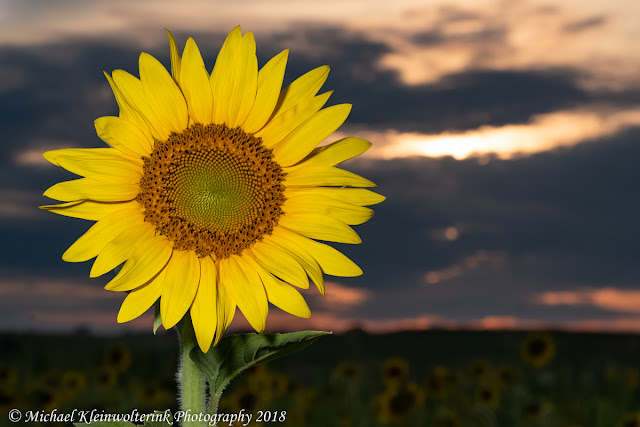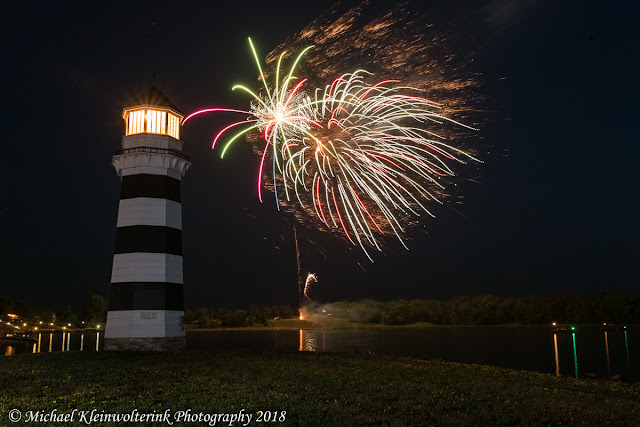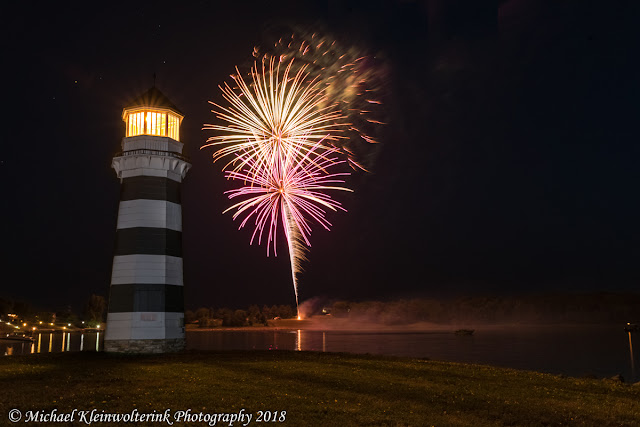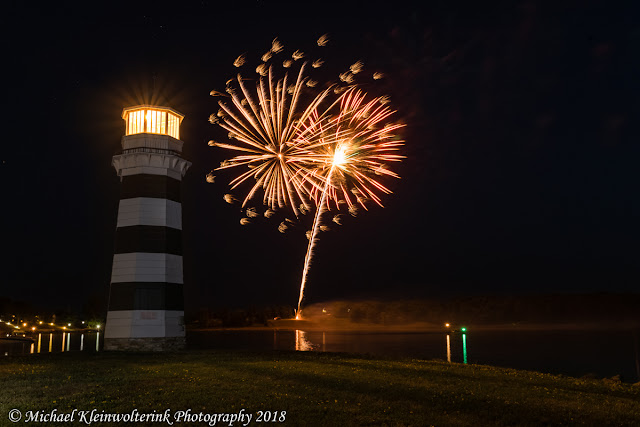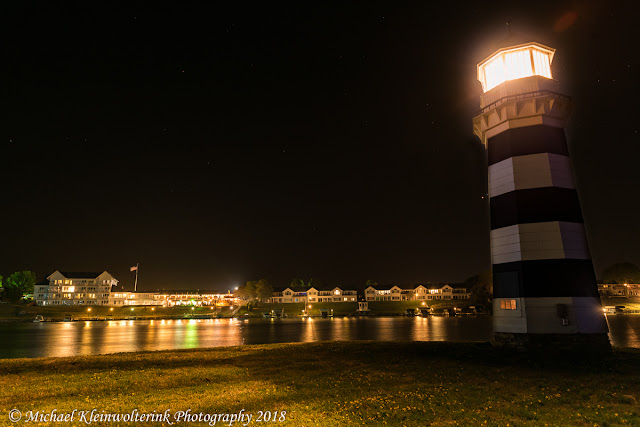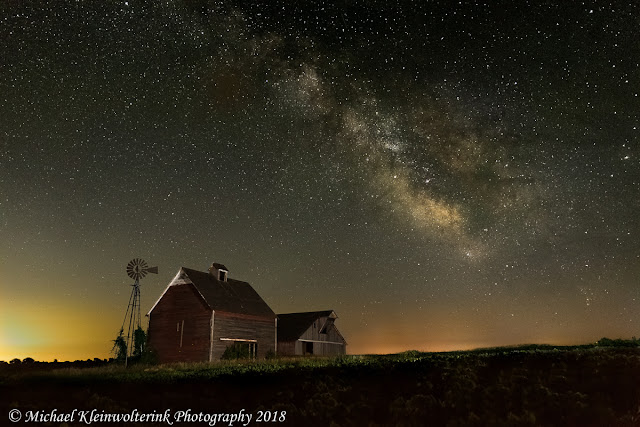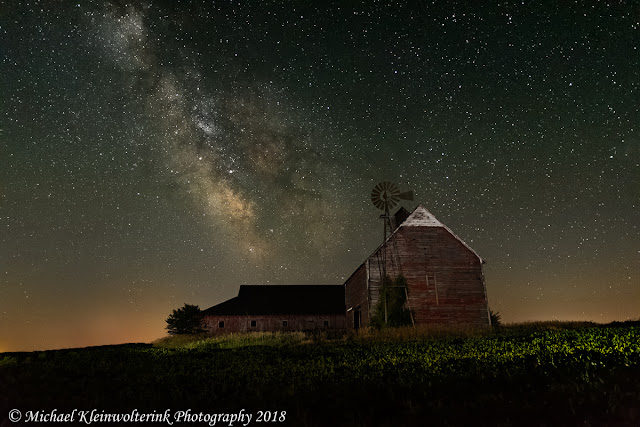Equipment Used: Nikon D750, Tamron 24-70 mm f2.8 G2 lense, Tamron
70-200 mm f2.8 G2 lense, Nikon SB-700 Speedlight, Zeikos Macro Extension Tube, Vanguard
Abel Plus 363CT tripod, Viltrox Remote Control, Lightroom & Photoshop CC
Back in July, I traveled to the local sunflower plot with my camera on
two different afternoons to capture the scene. Like I always seem to do when
deciding to get pictures of them, the majority of the sunflowers were past
their prime so I walked around to find a few that I liked.
I used the D750 with the two Tamron lenses on the Vanguard tripod and
composed the sunflower to take up the majority of the frame. I zoomed in on
live view to focus and then switched autofocus and VR off. ISO was set at 100
while aperture was set at f9, f16 or f22.
The self timer on the camera body was used so I could trigger and hold
my SB-700 on the sunflower. Since I was using a flash, I did consistently have
the EV set in negative values. I took one sunflower home to get some macro
images and I used the Zeiko extension tubes to get a real close image.
A sunflower preset was created in Lightroom for this set of images and
then I fine tuned each image off of that preset. Adjustments included slider adjustments
under the presence, saturation, and detail tabs. Radial exposure filters were
used to either darken or brighten the sunflower head or other parts of the
image.
Since I was shooting fairly close up to these sunflowers, I had to
clone out imperfections in the pedals of the sunflowers from bugs and wear and
tear from being out in nature. Using the healing brush, content aware patch
tool and clone tool, I was able to do this pretty good. I added some vibrancy to the sunflower heads
or sunset by using the vibrance layer as well. To create the black and white
images, I used the black & white adjustment layer in PS and then brushed
out the pedals to allow the yellow to show though.
New for this write up are a few images of my camera equipment while
shooting the sunflowers to show how I captured the close up images of the them.
#1.
#2.
#3.
#4.
#5.
#6.
#7.
#8.
#9.
#10.
#11.
#12.
#13.
#14.
#15.
#16.
A few shots of my equipment set up when taking the above images:






